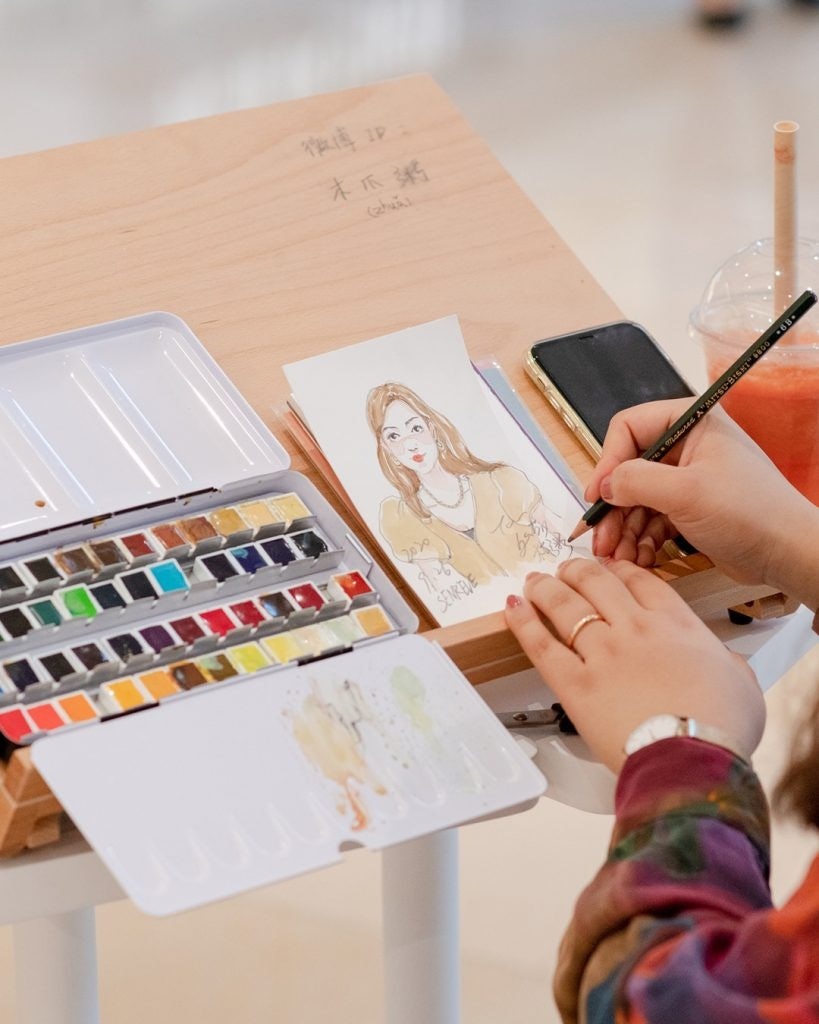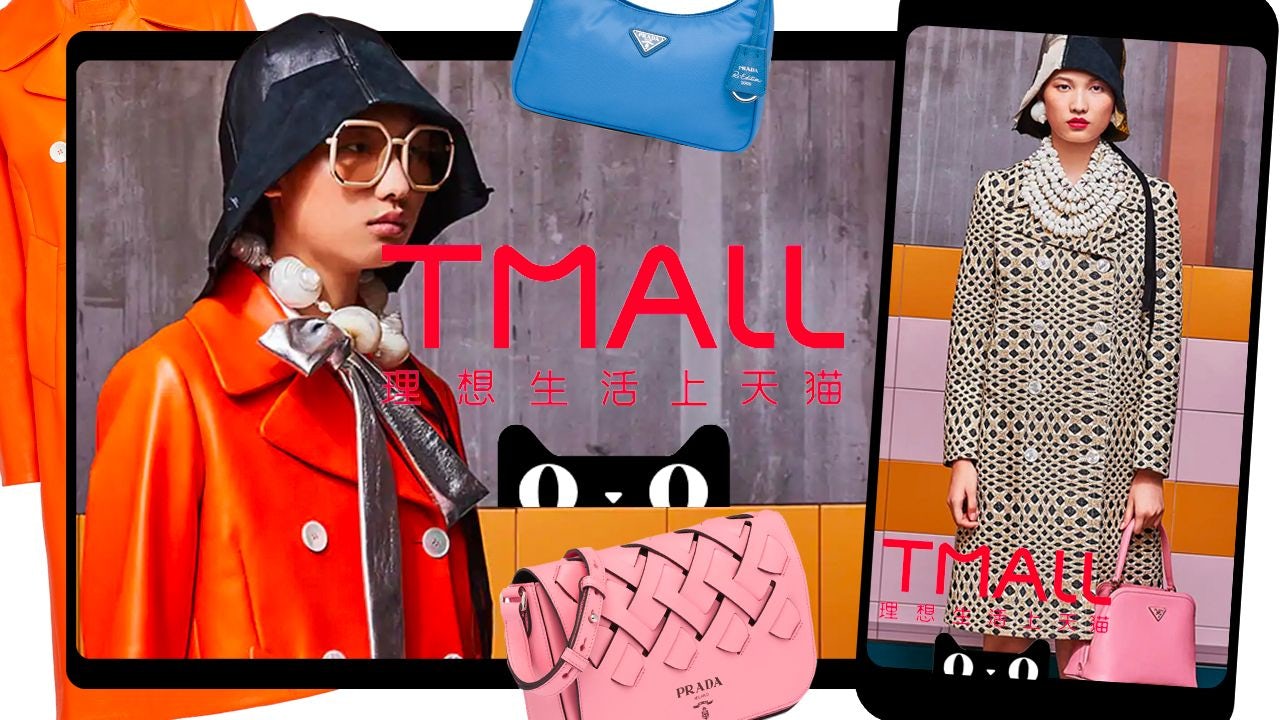Key Takeaways:#
DTC brands are currently winning over newly-reformed consumers in China who are choosing to display their taste and sophistication through indie brands.
As a DTC brand, Senreve has found success via transparency and low costs. But in China, they had to play by different rules.
After initially contributing just 10 to 20 percent of its sales, China is now responsible for half of Senreve’s sales in Asia.
Direct-to-consumer businesses have become a disruptive phenomenon over the recent decade, but more so in the West for their low-prices and high-quality product designs. However, DTC is not a prevalent concept in China, as the nation has been known for its high-volume/low-quality, mass-industrial production. But the country has recently proven it can also produce premium goods for its domestic market.
By now, Chinese consumers have been thoroughly exposed to leading international brands and trends and are just starting to familiarize themselves with the concept of DTC. This change prompted the Chinese-led, American luxury leather goods label Senreve to enter the China market on the heels of its American DTC peers Everlane and All Birds.
A strong board of directors sits behind the brand, including its newly appointed chief operating officer, who formerly held the position at Cult Gaia, Jenny Oh, and the new chief growth officer, Mark Chou, who was previously an executive at the suitcase label Away. The brand also raised 16.75 million for its Series A funding, bringing the brand’s total capital to over 23 million raised in only three years.
Road to China#
Nesting its fashion brand in Silicon Valley, Senreve is an e-commerce brand that relies heavily on data and analytics before planting its future moves. The brand recently hosted two pop-ups in Hong Kong as part of its Asia expansion strategy, despite pandemic concerns. “China was always on the roadmap for us, but the question was more ‘when’ and ‘how,’” said Senreve’s head of Asia, Sherry Ho. In fact, it took the brand two years of testing the waters through awareness on WeChat and feedback via collaborative private events and focus groups before this recent move.
Despite an ongoing monogramming trend in luxury goods, DTC brands are currently winning over newly-reformed consumers who are choosing to display their taste and sophistication through niche fashion brands.
In all respects, the Senreve customer is a powerful woman and a global citizen. But in China, this customer comes in three different personas: a career woman in a tier-one city who prefers low-key, versatile bags; a rising demographic of millennial moms with higher spending power than the average Chinese citizen that is practical yet fashion and style-conscious; and a trendy fashionista who wants a small, bright statement bag that they often discovered through KOLs on Little Red Book.

The China Challenge#
The allure of DTC brands is their transparency and low cost, which is achieved by cutting out middlemen. That is how Senreve has been operating all along. In China, however, they must also play a slightly different game, with different rules. To succeed in this market, brands must have a presence on multiple marketplaces like JD.com and social commerce platforms like Little Red Book to expand their reach and localize among different consumer segments. “China is a completely different market to any other, and it's very complex,” said Ho. “So, I think it's a fine balance between using external parties and having your own people.”
Having started out using WeChat’s Mini Program, where sales were redirected to the brand’s own backend, Senreve quickly decided to invest in Tmall with the help of a third-party partner, eventually taking back control by developing its own in-house team. “It makes a lot of sense to take things in-house, just to keep brand consistency and make sure your brand is aligned globally,” Ho added.
However, selling on marketplaces runs the risk of intellectual property infringements and price gouging from daigou sellers abroad. But having an official storefront on Tmall presents more credibility, and it now drives 90 percent of the brand’s total sales in China. “Tmall gives you a lot of analytics,” said Ho. “It’s a super open platform, so it’s interesting to see what people browse. When you have Shopify, for example, you can't see all that data. But on Tmall, you can see everyone's data and other brands’ data. It’s more advanced than any other we've used before.”
An Omnichannel Presence#

But it’s not as easy for a Western brand to enter China as it was when consumers there worshipped all international brands. Today, patriotic purchases of homegrown brands are in vogue. So for Senreve — a brand that carved out a physical presence in premium and high-end malls around China — elevating its brand image and raising awareness has been a challenge.
One of those malls is in Chengdu: A new first-tier city that has recently been targeted by luxury players. “[A local store] gives the brand credibility because I think there are a lot of online brands right now,” said Ho. “And for customers who have seen us on Little Red Book, seeing us at an actual mall and touching and feeling the bag reinforces the quality and the price.”
And as with its many pop-ups of the past, Senreve continues to host workshop experiences that are in line with the brand’s community-building ethos. From customized monograms to tarot readings, its roadshow aims to bring the Senreve experience to China’s consumers while getting to know their preferences. “It’s a touchpoint for us to talk to customers about what they like and don't like,” Ho explained.
Online consumers discover and interact with brands differently on Tmall than they do with Amazon. The details and opinions consumers give along with photos and videos on Tmall make it as much a social media platform as any in China. A Key Opinion Consumer (KOC) offers credible word-of-mouth and plays a big role in giving new brands traction in the marketplace. That is why Senreve uses Little Red Book religiously. “It's a really strong channel of discovery for people,” said Ho. “People just like to scroll and search for reviews and they'll look through things. So, it's very important for us to have a lot of content there.”
Growth in the New Normal#
While brands shutter and consumers tighten their purse strings, the pandemic strangely worked in Senreve’s favor. In China, where life has mostly returned to normal, the brand is rapidly opening pop-ups and physical events, and the country has become, in Ho’s words, the brand’s “highest growth market.” After initially only contributing 10 to 20 percent of sales, China is now responsible for half the brand’s Asian sales. The brand’s next move is to shift its logistic operations and move its storefront from Tmall Global to Tmall China, which will allow the brand to operate locally to meet the market’s rising demand.


